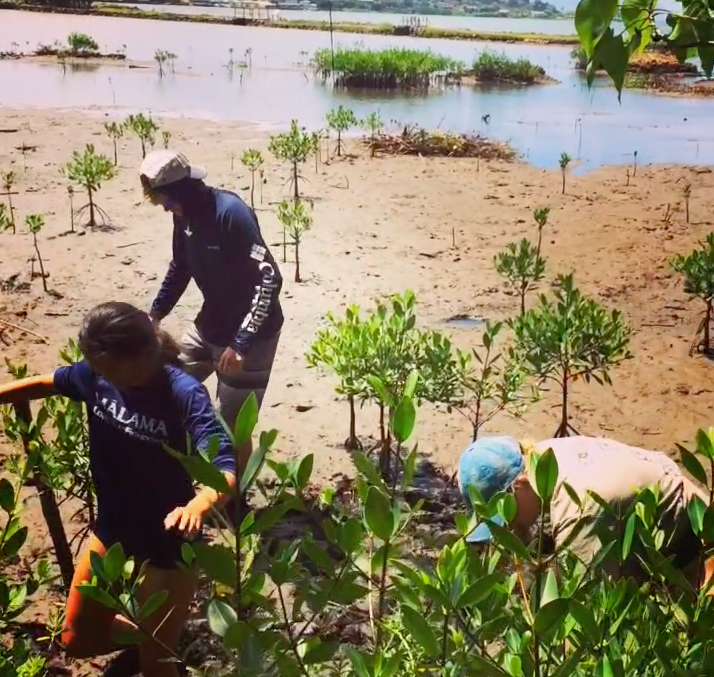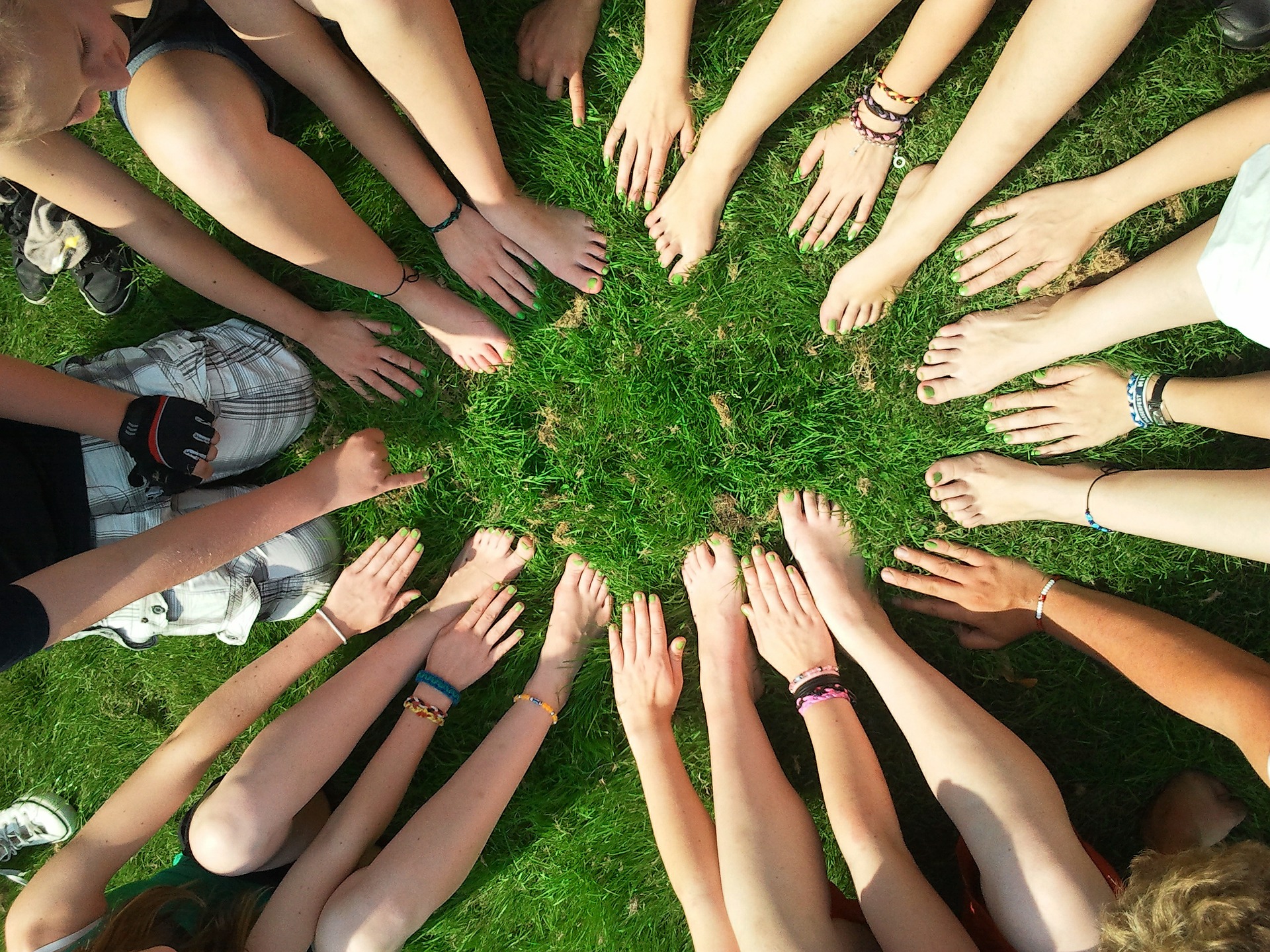
by Laura Parker Roerden
MLK Day of Service celebrates the power that serving others can have in our lives and in our communities. You could say that service is the other side of the coin of giving thanks. Numerous studies that have looked at service as a tool for education enumerate important gains for youth in attitudes toward self, attitudes toward school and learning, civic engagement, social skills, and academic performance.
I’ve seen this over the years directing Ocean Matters, a marine science though service project, where young people literally bloom before our eyes, as they give deeply in service to a problem facing the ocean. When given a choice between simply having fun and working, even when in a tropical paradise, the teens always choose the work.

Ocean Matters student Robyn described it this way: “I think back to those last couple days [of the program], when we were putting together our research report, doing standard deviations, working really hard. We wouldn’t have accomplished that much if we didn’t all feel that way about the [coral] reef and care about the project and the topic. I have a quotation that sums it up: ‘Nothing in the world is accomplished without passion.'”
MLK Day of Service can be a launching point for a service learning project in your family or community. But ultimately, serving up hope with a side of passion can be a gift you give yourself and your family.

Here are the components of a successful project:
The Big 3: Successful Service Learning Components
1. Explore root causes of the problem.
Serving food to the needy in a soup kitchen might be a great experience for young people to feel a sense of self-efficacy, but to unleash the full potential of service it’s helpful to also explore root causes of poverty. From this line of inquiry you might also discover some projects you’d like to pursue together that address these root issues and unleash a deeper moral dynamic.
2. Allow young people to lead.
This might seem obvious, but it truly is one of the hardest things to do. It’s much easier to create a list of service opportunities and allow a young person to choose one. But the best projects will be ones young people create themselves. What do they feel moved to address and how do they feel they are best prepared to address it? You’ll be amazed at what those as young as 10 are able to do, and, more importantly, they will be, too.
3. Do not offer external incentives.
It’s a trend today that fundraising campaigns have levels of achievement where young people receive incentives for the levels of funding raised for worthy causes. Some of them even include pricey rewards like I-phones. While you’ll be teaching the value of hard work with external incentives for service (much like a salesperson’s performance is incentivized), you will rob young people of learning about the intrinsic value of service itself. This also might create a competitive environment between young people, rather than one where cooperation and teamwork make a difference. So think about the character messages you’d like to shore up as you plan your project and be sure that structures support those values.
Ultimately, serving to learn is a great aim; but done well, young people can also learn to love serving.

Laura Parker Roerden is the founder and executive director of Ocean Matters and the former managing editor of Educators for Social Responsibility and New Designs for Youth Development. She has servesd on the boards of Women Working for Oceans (W20) and Earth, Ltd. and is a member of the Pleiades Network of Women in Sustainability.
